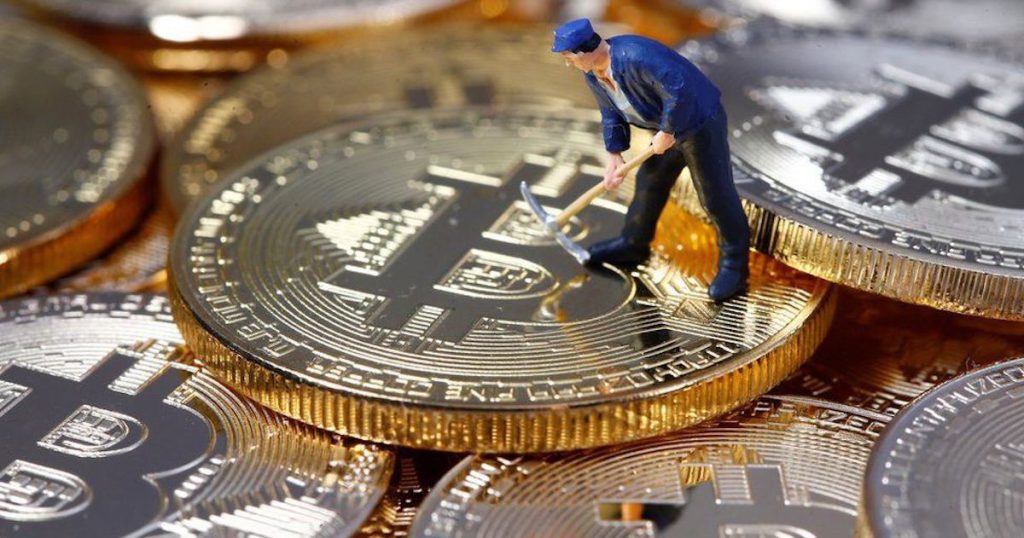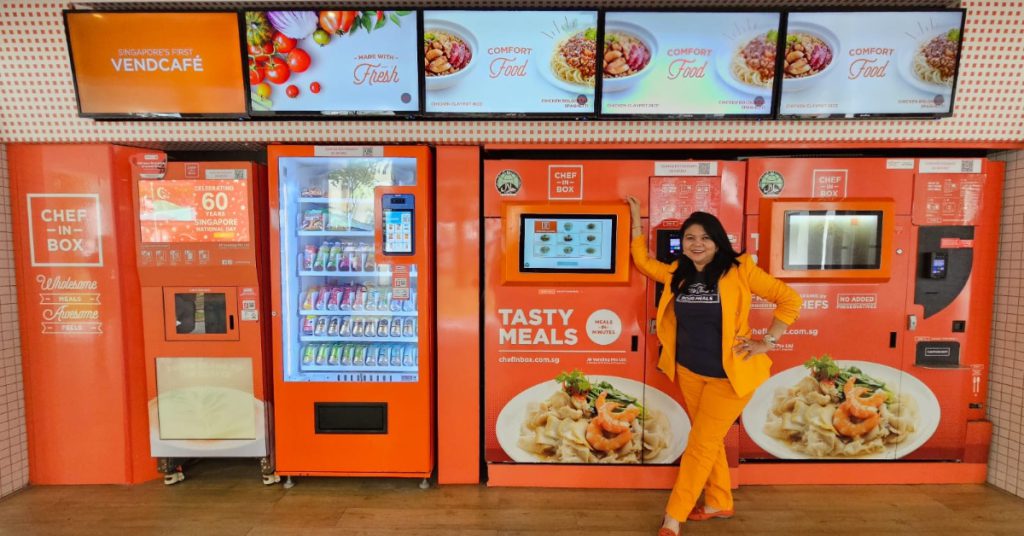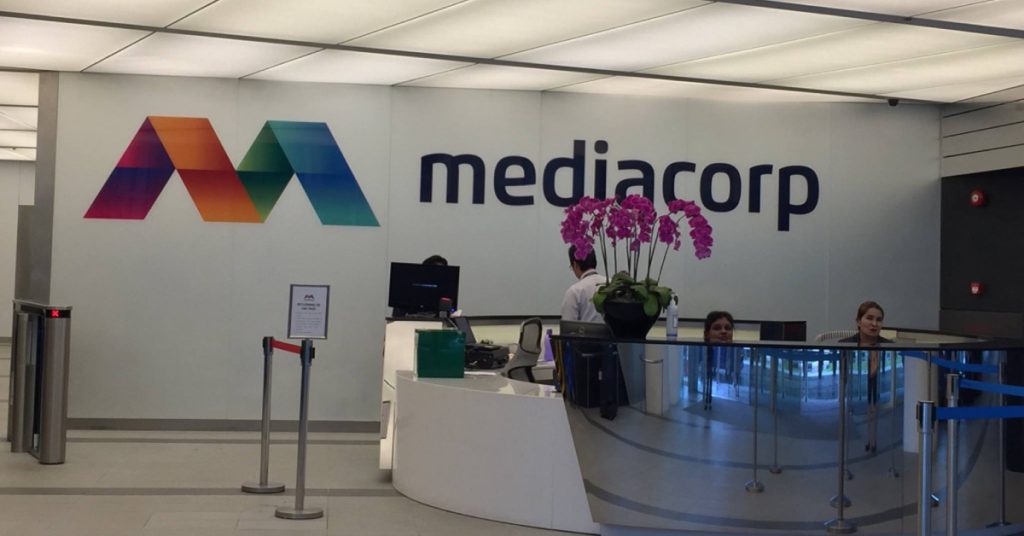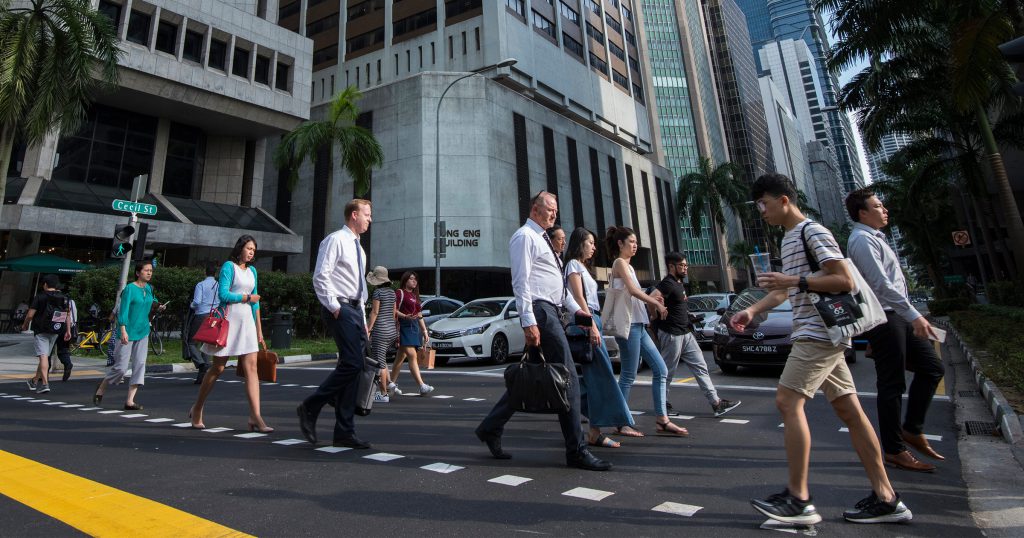After a year of bleeding for the crypto market, investors are still searching for light at the end of the tunnel.
With the collapse of companies like FTX and Celsius, consumer trust has taken a major hit. Cryptocurrencies such as Bitcoin and Ethereum — which are seen as indicators for the broader market — remain around 70 per cent off their all-time-highs.
Crypto investments have always been a risky endeavour, but this seems more apparent now than ever before. It begs the question, is there truly a way to make safe returns in this space?
Perhaps, mining cryptocurrencies could offer better returns than investing in them directly. Mining is the process through which transactions are verified on blockchains such as Bitcoin and Ethereum. A network of computers — which anyone can be a part of — is responsible for ensuring that all transactions which get recorded on these blockchains are legitimate.
In exchange for this work, crypto miners are rewarded with newly generated cryptocurrency from their respective blockchain.
How does Bitcoin mining work?
The goal of mining is to add a new ‘block’ to a blockchain. Blocks contain a list of transactions and once they’re added to the chain, they become permanent. As it stands, a new block is added to the Bitcoin blockchain every 10 minutes and 6.25BTC is rewarded for each one.
Miners compete against each other for the opportunity to add blocks and collect rewards. To do so, they must be the first to solve a complex maths problem.
This requires an immense amount of processing power and consumes a lot of electricity. As more and more people have become involved in mining, competition has increased and earning rewards is more difficult than ever before.

The rewards for mining each block have also decreased over time. Since 2012, Bitcoin has undergone events known as ‘halvings’ every four years. Initially, 50BTC used to be rewarded for each block. The reward has been halved at each event to help control the supply of Bitcoin and its inflation rate.
Today, individual miners stand almost no chance to win out and add blocks. Instead, mining pools have emerged where users collate their computing resources and share rewards based on their contribution to the pool.
Crypto mining in Singapore
There are no laws restricting crypto mining in Singapore. That being said, there may be clauses against it in housing contracts.
In April 2022, students were made to remove their crypto mining rigs from their dormitories at the National University of Singapore (NUS). The university cited safety concerns due to the excessive heat generated by the rigs.
For those looking to mine crypto, there are two primary costs to account for: the initial investment in computational hardware, and the recurring electricity costs.

China-based crypto company Bitmain is among the most renowned producers of ASIC miners — hardware designed specifically for mining Bitcoin.
Their products can cost anywhere from a few hundred dollars to over US$15,000, and the price correlates with the processing power which the ASIC offers.
In Singapore, the current electricity rates (inclusive of GST) are 31.27 cents per kWh. These are relatively high when compared to other countries around the world.
Since Singapore doesn’t have access to its own source of fuel, the natural gas import costs contribute to the high prices. To put it in perspective, electricity costs in the US — which takes up a majority share in Bitcoin mining — can be as low as 11 cents per kWh.
How much can you earn?
Online calculators such as NiceHash help gauge the profitability of mining activities, while accounting for hardware and electricity costs. These estimates are based on past performance and aren’t fully representative of future earnings. However, they can be fairly accurate on a short-term basis.
As it stands — with Bitcoin prices well in the red — mining is unlikely to reap profits in Singapore.
Using the Bitmain Antminer S19j Pro, which is touted to be one of the best options on the market, one could expect to lose S$10.86 per day. GPUs such as the Nvidia RTX 3060 offer better outcomes, but still produce losses up to S$1 per day.
Along with this, one must also consider the initial cost of their hardware. For example, the Antminer S19j Pro costs around S$3,000 for retail purchase.

Profitability could change in the future depending on how the crypto market fares, however, there’s no guarantee. As the Bitcoin price recovers, more miners might be incentivised to join the pool. The increased competition could counteract any of the resulting benefits.
Money aside, there’s also an environmental aspect to consider. Bitcoin mining contributes heavily to greenhouse gas emissions. In fact, the energy used by the Bitcoin blockchain could power entire nations such as Belgium and the Philippines.
All things considered, Bitcoin mining – as convenient as it sounds — remains unprofitable in Singapore at this point of time. Unless you have someone else bearing the electricity costs, that is.
Featured Image Credit: Reuters










